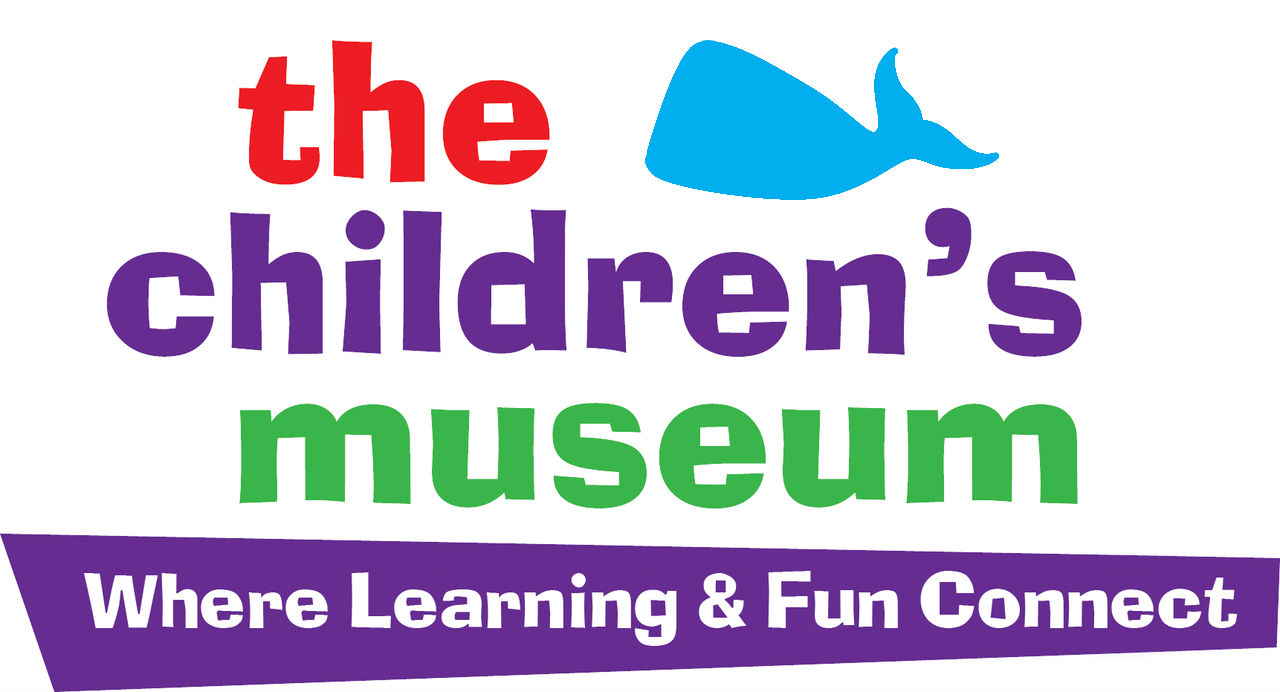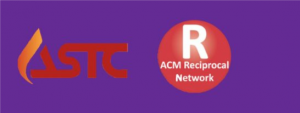The Children’s Museum is a non-profit educational institution that strives to inspire life-long learning among children and their caregivers by providing experiential learning programs covering STEAM, health, nature and the environment. Founded in 1927 as a one-room natural history museum in The Pond House at Elizabeth Park in Hartford, The Children’s Museum is the fifth oldest children’s museum in the nation.

The Children’s Museum moved to its current location in 1958. It is unique in its cluster of components:
- The highly respected science-curriculum-based Children’s Museum Preschool established in 1946;
- The Travelers Science Dome at the Gengras Planetarium opened in 1968;
- Roaring Brook Nature Center in Canton, established in 1948, which became part of The Children’s Museum in 1973;
- The Wildlife Sanctuary, opened in 1981;
- Sophisticated in-school and on-site educational programs aligned with Connecticut’s curricular standards; and
- The museum itself with hands-on, minds-open, child-centered interactive activities.
These together make The Children’s Museum a stimulating and unique resource to the area, with programs that assist the development of curious, confident and innovative children creating the basis for successful adults.
In so doing, The Children’s Museum will continues to be a valued asset and partner in the community.
By agreement with the State of Connecticut, Roaring Brook Nature Center uses 165 acres of the adjacent State Wildlife Refuge as an outdoor classroom, maintaining hiking trails, bluebird boxes, and wildlife habitats. Much of Roaring Brook Nature Center is accessible to wheeled vehicles, including Mer’s Native Plant Butterfly Garden, the Native Plant Bird Garden, the Vernal Pool Observation Deck and trails, the Animal Senses and Geology gardens and animal rescue enclosures.

With the help of the Cetacean Society of Connecticut, Conny, a life-size replica of Connecticut’s state animal, a sperm whale, moved onto this property in 1975. He has been a favored stop for Children’s Museum visitors ever since.
The Museum offers a wide range of education and outreach programming to schools and community organizations throughout the state, as well as teacher training programming about various inquiry-based science learning techniques. We seek to help Connecticut school districts with the greatest demonstrated academic need to improve student achievement and enhance educational opportunities. These efforts at educational improvement help to stabilize or revitalize low and moderate income neighborhoods now and to improve the future prospects of students growing up in such neighborhoods.
Known alternatively as The Children’s Museum of Hartford, The Science Museum of Connecticut, then The Science Center of Connecticut, The Children’s Museum took its current name in 2006.

